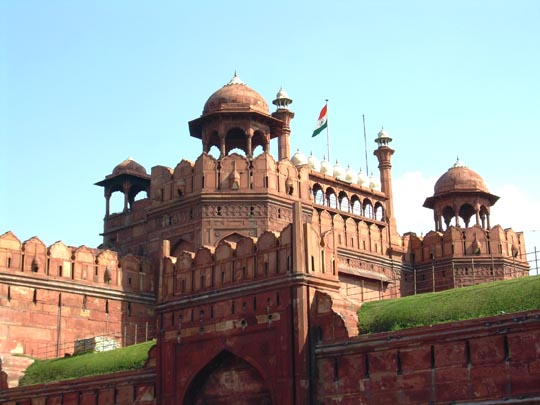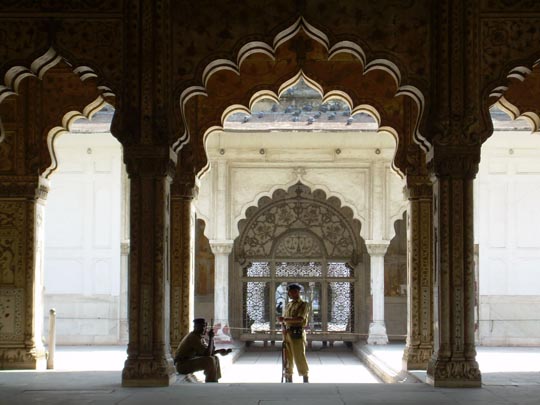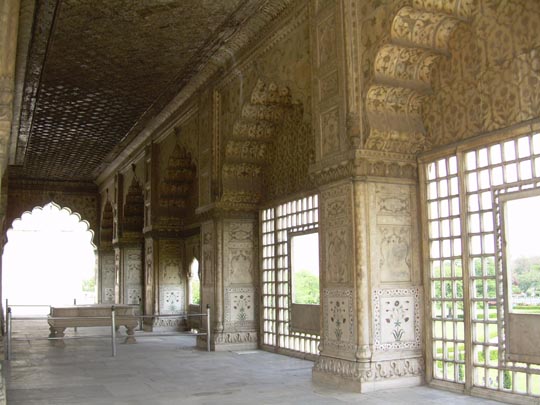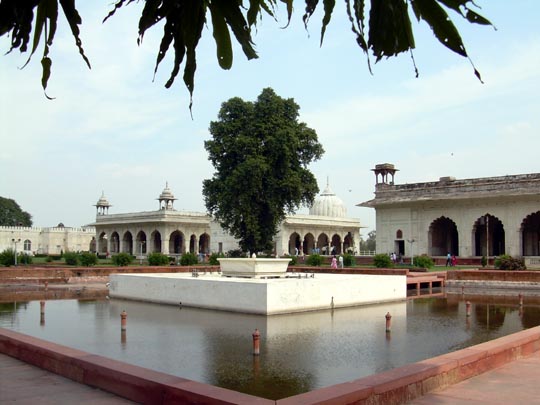Apr 21, 2025
Apr 21, 2025
by Ragini Puri
Hmmm'So the Mughal thought that the Old Fort was cursed and hence built a new fort and shifted there. And this brand new fort later came to be known as the Red Fort or the Lal Qila.
Okay' with the tour of the Old Fort over, even we shifted our gears and headed for the Red Fort, and, navigating the mad rush of Chandni Chowk, finally found ourselves marveling the colossal structure that stood before us. Some books say that Shah Jahan built the Red Fort in a move designed to bring prestige to his reign and to provide him with ample opportunity to apply his ambitious building schemes and interests. Now whatever reason the Mughals had for building this Fort, they definitely did a good job of showcasing their architectural ambitions.

Red Fort : The Architectural Glory in Sandstone
The largest of old Delhi monuments, the Palace complex of the Red Fort is counted amongst the best example of Mughal architecture. Mughal emperor Shah Jahan started the construction of the massive fort in 1638, and the work was completed in 1648. The fort, also known as the Qila Mubarak, was grand, rich and magnificent - as befitted the castle, which was to be the capital of one of the world's wealthiest empires. It is said that the construction of this fort took about one crore rupees, an astronomical sum in those days, and about half of this sum was spent to build the exotic palace pavilions inside the fort!

Guarding Beauty!
This majestic fort has the obvious trappings befitting a vital center of Mughal government. And without doubt, even today the fort remains an impressive testimony to Mughal grandeur, despite being attacked by the Persian ruler, Nadir Shah in 1739, and by the soldiers of the British army during the First War of Independence in 1857. In fact, after the First War of Independence, also known as the Sepoy Mutiny of 1857, the British Army occupied and demolished many of the Fort's beautiful pavilions and gardens, and used the area to build massive barracks for soldiers. It was only in 1903 that a program for restoring the ruined parts of the Fort was taken earnestly.

The Magnificent Diwan-e-Khas
In the enclosure is the stand where the famed Peacock Throne once stood
It is said that at one point, more than 3000 people lived inside the fort complex. But during the First War of Independence, the fort was captured by Britain and was made the headquarters of the British Indian Army. After India gained independence in 1947, the Indian Army took control over the fort. In December 2003, the Indian Army handed over the fort to the tourism authorities. Now the Archaeological Survey of India maintains the fort complex.

View of the Pavilions from the Marble Fountain
Historically speaking, this monument has had its fair share of ups and downs. It was from here that the British deposed the last Mughal ruler, Bahadur Shah Zafar, marking the end of three century long Mughal rule in India. It is also from here that the prime ministers of India deliver their annual Independence Day speeches.
Even today, the Red Fort remains a splendid reminder of the glory of the Mughal era, and the peace and tranquility within its walls leaves one transported to another realm of existence. It is indeed, a permanent abode of peace, a haven which helps one to break away from the frenzied pace of life outside its peripheral walls.
17-Mar-2007
More by : Ragini Puri